Bricks are literally the building blocks of masonry. We use them for creating structures and pavement every day. You probably live or work in a building made of bricks, or you walk on streets or sidewalks of them. The brick material is so useful because it’s incredibly long-lasting and strong, but what it’s actually made up of — and what the different kinds are used for — can vary a lot. Here’s the deal.
What is brick made of?
 Before we can answer that, you need to know a thing or two about manufacturing. While there are seemingly endless possibilities for class, size, material, and shape, there are two main types of brick: fired brick and non-fired brick.
Before we can answer that, you need to know a thing or two about manufacturing. While there are seemingly endless possibilities for class, size, material, and shape, there are two main types of brick: fired brick and non-fired brick.
The firing process uses a brick made of some combination of sand (like silica), clay (like alumina), iron oxide, lime, and magnesia; this brick goes into the kiln to burn, which makes it more durable. Fired bricks won’t necessarily be red, which can be a result of the chemical effects of the ingredients and the firing. 
But — and wouldn’t you know it! — many non-fired bricks are also red. Turns out, people like the color. Non-fired bricks are chemically set. This is very common nowadays as it’s the concrete option: the ubiquitous concrete masonry unit. We call these blocks. They’re typically grey, since most concretes used are lime-based or have been produced with other hydraulic cements, such as calcium aluminate. Calcium-silicate bricks are another type of chemically set brick, and these are often a combination of sandstone, limestone, flint, and other rocks and minerals for color or aesthetic.
How is brick made?
All bricks basically begin wet before they’re dried. Just as when you mix cement before pouring, this is what all brick material looks like at the beginning. It’s then shaped. Whether it’s later ultimately fired or chemically set — via a curing process that may involve heat, pressure, and time in an autoclave — the materials will all go through some dehydration process.
How do you choose the right brick material for a project?
 You need to know the size of the project first. This is how you plan for any masonry or construction materials before diving into the job. Furthermore, if it’s a commercial project, the pros will work with teams of engineers, architects, and contractors. This in order to make sure it’ll stand up to the environment and the purposes it’s expected to be for.
You need to know the size of the project first. This is how you plan for any masonry or construction materials before diving into the job. Furthermore, if it’s a commercial project, the pros will work with teams of engineers, architects, and contractors. This in order to make sure it’ll stand up to the environment and the purposes it’s expected to be for.
But if this is just at home? You might take some of the same factors into consideration. What kind of weather will hit this brick material — outdoors or indoors? Will it be load-bearing? If it’s anything but basic…. We can only recommend that you seek out a general contractor or builder to work with you. Safety should be your primary concern.
Contact us to learn more, or to inquire about our materials and services available in Chicago.
Find us on Facebook to stay in the loop on more news and advice from Elston Materials.


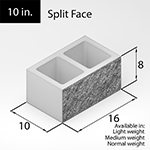
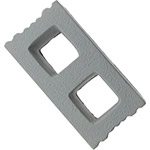

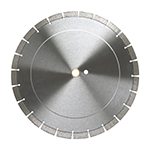

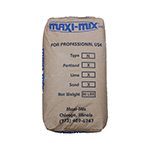

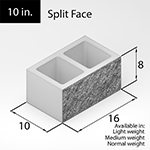







Pingback: tinder: tinder dating: the ultimate beginner's guide
Pingback: 14 day keto diet
Pingback: 2modules